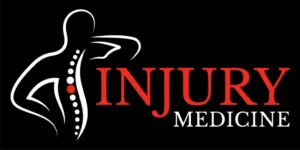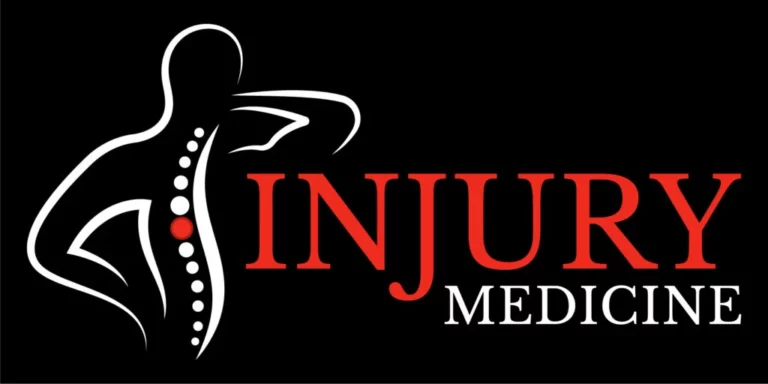Medical Definition of Range of Motion (ROM):
Range of Motion (ROM) refers to the extent to which a joint or a group of joints can move in various directions. It is a crucial aspect of assessing musculoskeletal health and function. The measurement of ROM helps healthcare professionals evaluate joint flexibility, muscle strength, and potential limitations or abnormalities. ROM assessments are often conducted to diagnose musculoskeletal conditions, monitor rehabilitation progress, and plan appropriate treatments or interventions.
Types of Range of Motion:
There are several types of ROM assessments, including:
Active Range of Motion (AROM): AROM refers to the range of motion a person can achieve voluntarily, using their own muscles and without assistance.
Passive Range of Motion (PROM): PROM is the range of motion that can be achieved when an external force or therapist moves a person’s joint without any effort from the individual.
Resistive Range of Motion (RROM): RROM involves assessing a person’s ability to move a joint against resistance, which helps evaluate muscle strength.
Importance of Range of Motion in Medicine:
ROM assessments serve various medical purposes:
Diagnosis: Healthcare providers use ROM measurements to diagnose musculoskeletal conditions such as arthritis, tendinitis, ligament injuries, and muscle contractures.
Rehabilitation: Physical therapists and occupational therapists use ROM assessments to develop and adjust rehabilitation plans for individuals recovering from injuries or surgeries.
Monitoring Progress: ROM measurements help track a patient’s progress during rehabilitation or treatment, ensuring that interventions are effective.
Preventive Care: Assessing ROM can identify early signs of joint stiffness or reduced mobility, allowing for proactive interventions to prevent further limitations.
Legal Implications of Range of Motion:
The measurement of ROM can have legal implications in various contexts, especially when it is related to personal injury claims, disability determinations, workers’ compensation cases, or medical malpractice allegations. Here are some key legal considerations:
Personal Injury Claims: In personal injury cases resulting from accidents, such as car crashes or workplace incidents, ROM assessments may be crucial in establishing the extent of physical impairment or disability caused by the injury. This information can impact the calculation of damages sought by the injured party.
Workers’ Compensation Claims: Employees who sustain work-related injuries may file workers’ compensation claims. ROM assessments help determine the severity of the injury and the impact on an individual’s ability to work. This information can influence the benefits awarded to the injured worker.
Disability Claims: Individuals seeking disability benefits may undergo ROM assessments to evaluate their functional limitations. The results of these assessments can play a significant role in determining eligibility for disability benefits and the level of financial support provided.
Medical Malpractice Claims: In medical malpractice cases involving surgical procedures or medical treatments, improper handling or manipulation of joints during surgery or therapy can lead to reduced ROM or other musculoskeletal complications. ROM assessments may serve as evidence in such cases.
Legal Considerations for Range of Motion Assessments:
Several legal considerations apply to ROM assessments in legal cases:
Expert Testimony: Medical experts, including orthopedic surgeons, physical therapists, and rehabilitation specialists, may provide expert testimony to explain ROM assessments, their significance in diagnosing or assessing injuries, and their relevance to legal claims.
Documentation: Detailed documentation of ROM assessments, including the method used (AROM, PROM, RROM), specific joint measurements, and any changes over time, is critical for legal cases.
Consent: In some cases, obtaining informed consent from the individual undergoing ROM assessments is necessary, particularly when the assessments are part of a medical procedure or treatment plan.
Chain of Custody: Ensuring the integrity of ROM assessment records is essential. Proper documentation and preservation of records help establish the chain of custody and the authenticity of the assessments in legal proceedings.
HIPAA Compliance: Healthcare providers and institutions must adhere to the Health Insurance Portability and Accountability Act (HIPAA) when handling patient records and sharing ROM assessment information in legal cases.
Conclusion:
Range of Motion (ROM) assessments are fundamental in evaluating musculoskeletal health, diagnosing conditions, monitoring rehabilitation, and planning treatments. In legal contexts, ROM assessments can be critical pieces of evidence in personal injury claims, disability determinations, workers’ compensation cases, and medical malpractice allegations. Legal considerations include expert testimony, documentation, consent, chain of custody, and compliance with privacy regulations like HIPAA. ROM assessments play a vital role in determining the extent of physical impairment and disability, impacting the outcomes of various legal proceedings.

